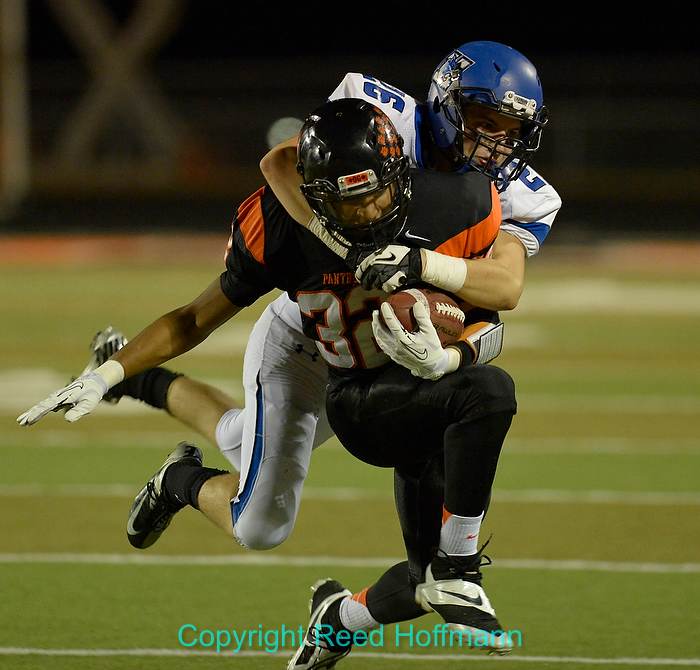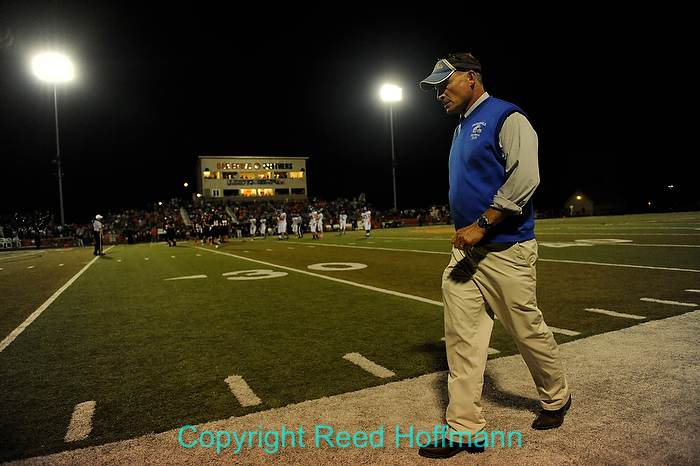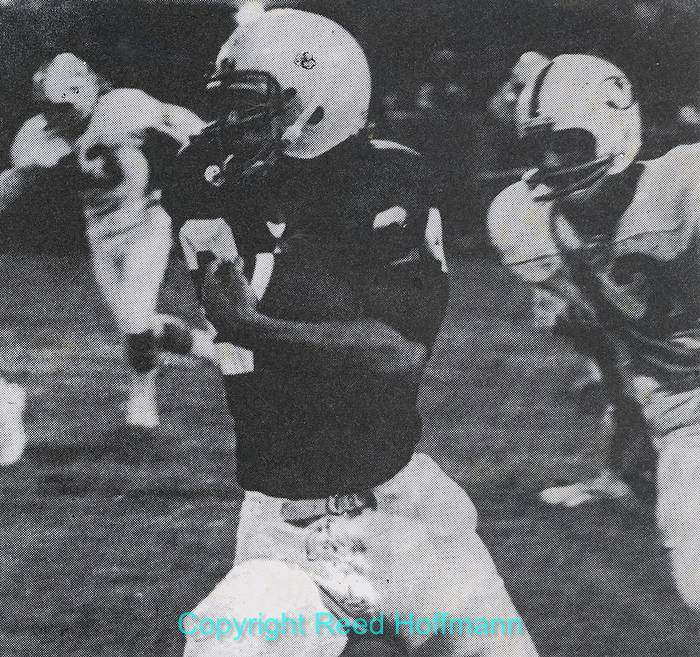When I started in photography in the 70s, the first lesson I had from a pro was how to shoot high school football at night. Photography’s gone through a lot of changes since then, but the challenge for this type of shoot hasn’t changed. It’s all about how to get good action pictures in poor light.
Taking pictures outside, in daylight of non-moving subjects is easy. You’re not struggling with poor light, trying to stop action of a moving subject you can’t get close to. Those three things – light, action and distance – create lots of problems for photographers. And unfortunately, all of those are part of most night or indoor sports events.
For that night football game way back when, I remember shooting 1/125 at f/2.8 and literally cooking my Kodak Tri-X film in heated Dektol print developer. The grain was so large you could almost pick it up with your fingers, but at least there was a picture. Not surprisingly, most of them were blurry. We’ve come a long way since then, and the sensors in today’s digital cameras are far better in low light than our film ever was. But it still comes down to having the right gear and knowing how to use it. And perhaps a little bit of luck.

At this recent game, there were four light stands (two on each side of the field, each with twelve bulbs. That’s not much light! Photo copyright Reed Hoffmann.
To shoot night sports, you need a “fast” lens. In other words, one that has a maximum (widest) aperture of at least f/2.8. Lower, like f/2, f/1.8 or even f/1.4 is even better. Since you’re hoping to use a fast shutter speed to stop action, you’re going to need a lens that lets a lot of light in to make up for that short shutter speed. With a slower lens (smaller aperture) you could try using flash, but it’s hard to make shots like that look natural.
Then, since you’re rarely close to the action, you’ll need a telephoto lens. Unfortunately, fast telephoto lenses can be expensive, particularly if you want a zoom lens. Fixed lenses cost less, and an 85mm f/1.8 will get you started for a few hundred dollars. But it doesn’t have much reach. Most people who get serious about low-light sports will eventually want a 70-200mm f/2.8 lens, and those start at around $2000. Over the years I’ve invested in fast, long lenses, so was able to use a 300mm f/2.8 lens for this game (don’t ask what it cost). That gave me more “reach” to shoot pictures further away.

You’ll get more good action photos if you have the right equipment. Nikon D4, ISO 8000, 1/640 second at f/2.8, Nikon 300mm f/2.8 lens. Photo copyright Reed Hoffmann.
Finally you need a camera that makes good-quality pictures at high ISOs, and has both a fast autofocus system and fast frame rate (frames per second). That means entry-level cameras aren’t good choices for this type of photography. Their autofocus and frame rate are fine for the kinds of pictures most people want to shoot, but too slow for fast action.
That means if you want to do good sports photography at night or indoors, you have to spend money for the right gear. For the game I shot recently, I used Nikon’s top-of-the-line DSLR, the D4. While a less-expensive camera like the D7100 would do a pretty good job with autofocus and frame rate, I needed the high-ISO capability of the D4. That’s because few high schools have invested a lot of money in the lights for their football fields. In this case, I had to go as high as 10,000 ISO to have a good chance at stopping action. I still marvel that I can shoot at ISOs that high and get good-quality images. In fact, I can see more detail in those images on the camera’s LCD than I can see with my bare eyes. Pretty amazing.

As shot, this is too loose, there’s too much other stuff in the frame taking away from the action. Nikon D4, ISO 10,000, 1/500 second at f/2.8, Nikon 300mm f/2.8 lens. Photo copyright Reed Hoffmann.

Don’t be afraid to crop. This touchdown happened on the first play of the game, and was far away from me. That meant I needed to crop in to the heart of the photo, the receiver running away from the defender toward the end zone. Nikon D4, ISO 10,000, 1/500 second at f/2.8, Nikon 300mm f/2.8 lens. Photo copyright Reed Hoffmann.
Of course, there’s more to shooting sports than just the gear. You also need to set up your gear properly. In this case it’s mostly about understanding the Autofocus settings so you get the best performance. For me, using Nikon cameras, that means having the AF mode set to AF-C (continuous tracking) and Dynamic 21 (camera starts with the one “active” point, but can then use the surrounding 20 points to help keep the subject in focus). If I can get that AF sensor on the player to start with, the camera will do a pretty good job of keeping him in focus as he runs.

Only at a high school game… As the coach walked down the sideline, I dropped to one knee to take the photo. Just after I shot this he stopped and apologized for getting in my way :). Nikon D700, ISO 4500, 1/1000 at f/2.8, Nikon 24-70mm f/2.8 lens. Photo copyright Reed Hoffmann.

This is my office. At halftime I ran to my car and downloaded the photos I’d shot. I’d have to transmit the first group of pictures before the end of the game, so downloading then would help me get the photos out faster when I had to leave. Photo copyright Reed Hoffmann.
Finally, you’ll make better pictures if you understand the game and know a team’s strengths and weaknesses. That helps you be in the right place for the action that might happen. And remember to move when the action’s coming towards you. Many photographers don’t think about that until they’re lying on their back in the mud. Smart people only have to get hit once to learn that lesson. For me, it took two times. I can be a slow learner…
Sports is a lot of fun to shoot because you never know what kind of picture you’ll get. Whether it’s t-ball or pro sports, there’s always the possibility of an amazing picture. But good sports photography in poor light is not for the faint of heart (or light of wallet). It requires the right gear combined with the knowledge of how best to use it. Of course, there is one other solution – get the school to put in brighter lights!

